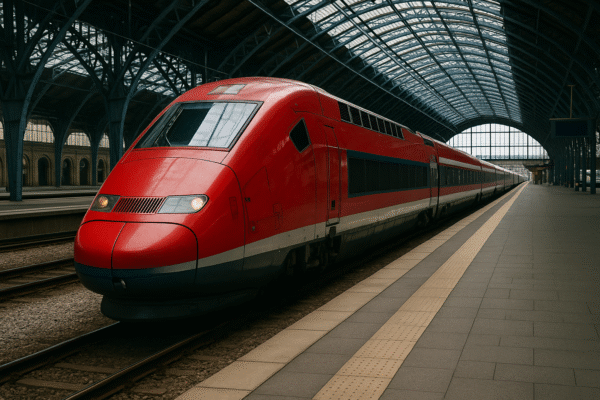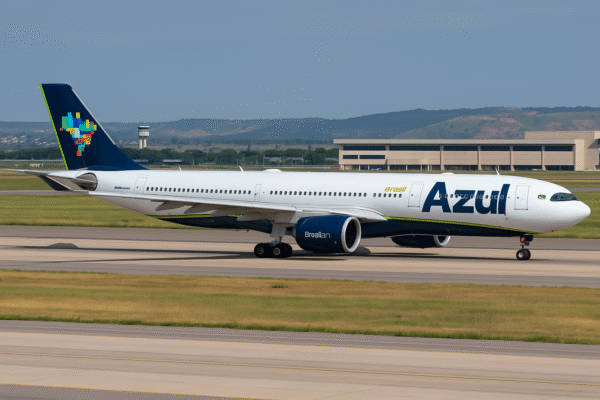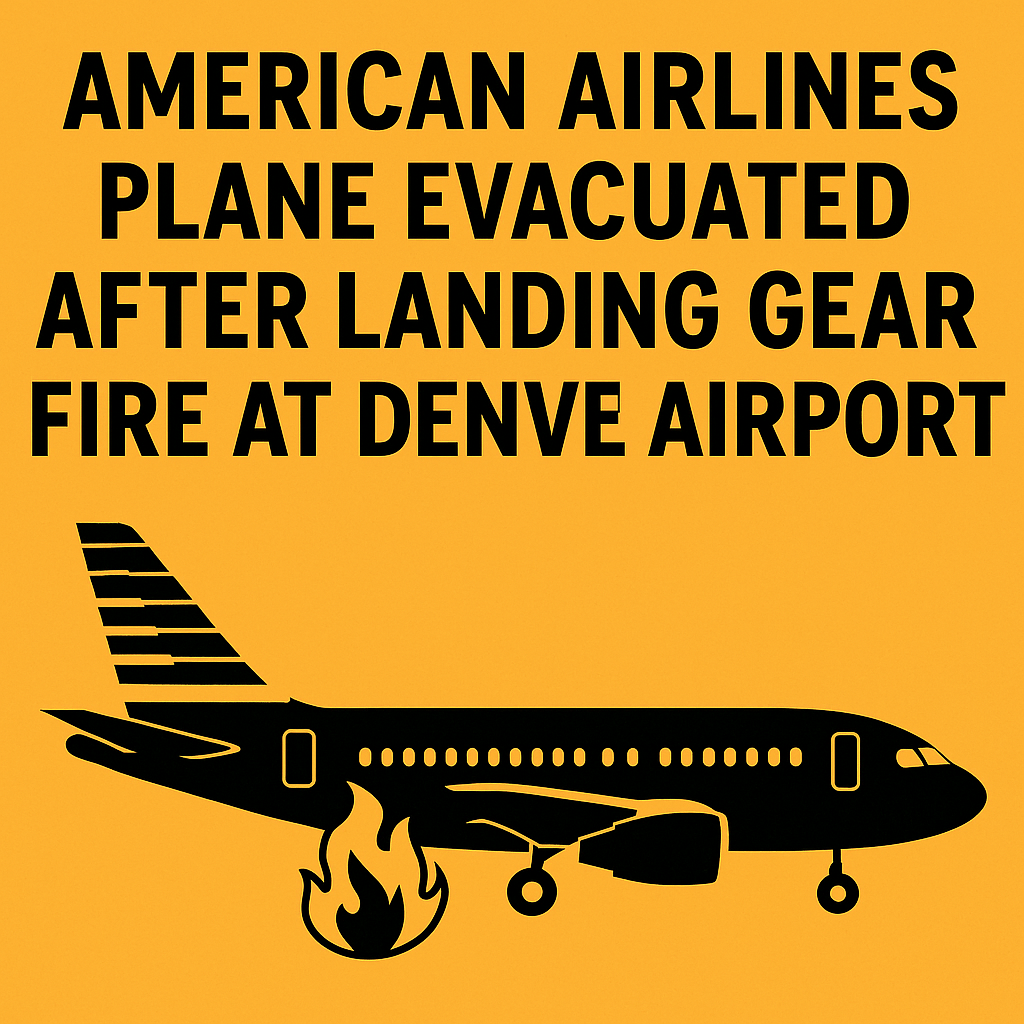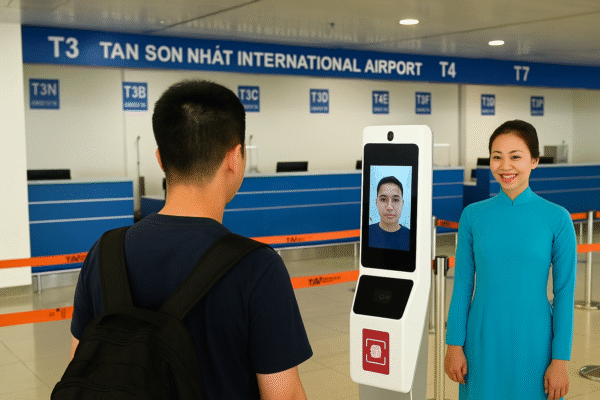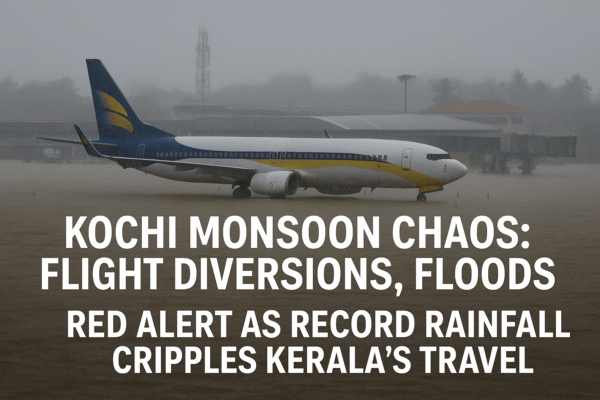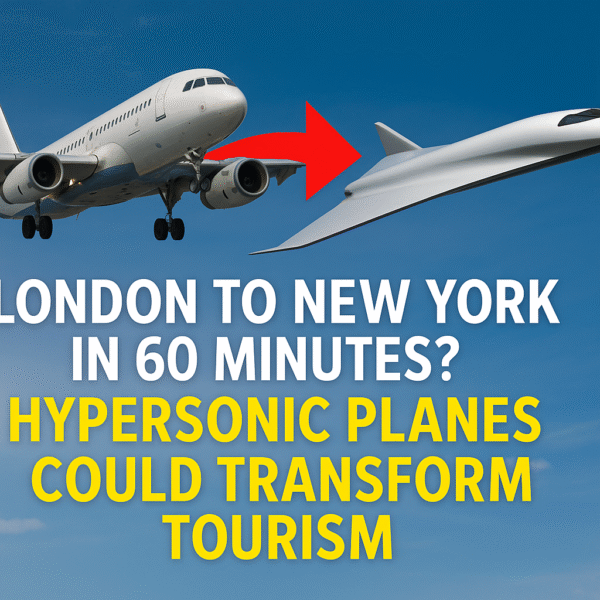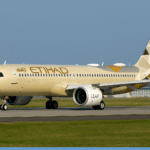In a landmark leap for aviation and global tourism, a revolutionary hypersonic aircraft called the Sabre is poised to cut flight time between London and New York to just one hour—a journey that currently takes over seven hours. Developed by UK-based aerospace innovator Reaction Engines Ltd in collaboration with the European Space Agency (ESA), the Sabre is part of the Invictus programme, which aims to showcase a full-scale flight demonstration by 2031.
This breakthrough has the potential to transform how—and how often—people travel between continents, with enormous implications for international tourism, business, and global cultural exchange.
Hypersonic Technology at Mach 5
At the heart of the Sabre lies a revolutionary engine designed to reach speeds of Mach 5—five times the speed of sound. To put this in perspective, that’s over 6,000 km/h (3,800 mph), fast enough to turn an intercontinental journey into a short-haul flight. The engine uses an advanced precooler system that can cool incoming air from 1,000°C to room temperature in under 0.01 seconds, allowing it to switch between jet and rocket propulsion modes.
This dual-mode capability enables Sabre to operate efficiently both within Earth’s atmosphere and at the edge of space, opening the door not only to rapid global travel but also to potential suborbital tourism in the future.
London–New York in 60 Minutes: What It Means for Tourism
For decades, the London–New York route has symbolized international travel, business, and cultural connection. The prospect of reducing that journey to one hour will reshape how tourists perceive long-distance travel.
Currently, long-haul flights can be deterrents due to time commitments, jet lag, and fatigue. A one-hour hop across the Atlantic makes weekend trips from New York to London or vice versa a viable, even spontaneous option. This could usher in a new trend of short-stay intercontinental tourism, enhancing demand for urban hospitality, cultural landmarks, and local experiences in both cities.
Moreover, business travel—currently a cornerstone of transatlantic aviation—could be revolutionized. Executives could attend a London morning meeting and be back in Manhattan for dinner.
The Rise of Hypersonic Tourism
The introduction of Sabre may spark an emerging tourism sector known as hypersonic tourism, combining the thrill of ultra-fast flight with luxury air experiences. Ticket prices are expected to be premium initially, possibly targeting first-class and business travelers, but as technology matures and competition grows, accessibility is likely to improve.
Airports in London (Heathrow and Gatwick) and New York (JFK and Newark) will need to adapt to accommodate this new form of high-speed travel. Infrastructure changes, such as dedicated hypersonic terminals, enhanced customs processing, and streamlined passenger boarding, may be necessary.
Additionally, major tourist cities around the world may see a ripple effect, as the Sabre could eventually connect destinations such as Paris, Dubai, Tokyo, and Los Angeles, encouraging multi-destination itineraries across continents in a matter of hours.
Environmental and Safety Considerations
Despite its promise, Sabre’s development faces several hurdles. The aircraft’s cryogenic technology, while revolutionary, must pass long-term durability tests to prove it can withstand repeated commercial use. The cost of development, estimated at £6 billion, will need to be justified by demand and operational feasibility.
Environmental impact is another key concern. While faster travel could reduce total engine runtime and thus emissions per trip, the energy consumption at hypersonic speeds is extremely high. ESA and Reaction Engines are actively researching ways to integrate sustainable aviation fuels (SAFs) and carbon-neutral propulsion systems to offset this.
Economic Impact and Market Competition
Sabre’s entry could disrupt the traditional long-haul market. Airlines currently operating the lucrative transatlantic corridor—such as British Airways, Virgin Atlantic, and American Airlines—may face stiff competition if hypersonic jets reduce passenger demand for slower services.
However, a thriving hypersonic market could also stimulate innovation across the aviation sector, pushing carriers to improve speed, comfort, and sustainability.
The UK’s Civil Aviation Authority (CAA) and U.S. Federal Aviation Administration (FAA) will play crucial roles in certifying hypersonic flight operations, airspace management, and passenger safety protocols.
Looking to 2031 and Beyond
A hypersonic flight demonstration is targeted for 2031, with ESA and Reaction Engines already in advanced stages of ground testing. If successful, commercial flights could follow in the years soon after.
The Sabre could eventually connect major world cities within 90 minutes, making the world smaller, more accessible, and incredibly connected. The impact on tourism, economic ties, and global collaboration is expected to be profound.
Final Thoughts: A New Era in the Skies
The Sabre represents more than just a leap in speed—it symbolizes a vision for the future of global travel. One in which distance no longer dictates opportunity, and where culture, business, and exploration are just an hour away.
As aviation takes its next giant leap with hypersonic innovation, global tourism stands on the brink of a new era—where speed, efficiency, and environmental responsibility converge to reshape how humanity connects across borders.
If this transformative aircraft succeeds, London to New York in 60 minutes could soon become not a dream, but a daily reality. Buckle up—the future of tourism is racing toward us at Mach 5.
For more travel news like this, keep reading Global Travel Wire

